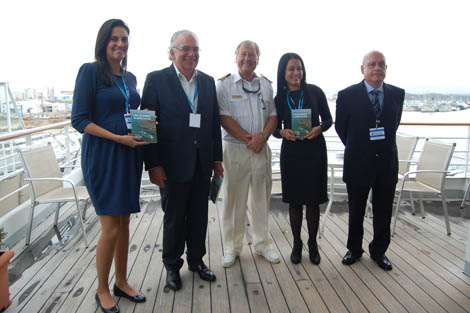 The case of the Port of Portimão is one of the themes of the book «Multidisciplinary Approach to Tourist Cruises» launched this Thursday aboard the Norwegian cruise ship «Boudicca», of the Fred Olsen Cruise Lines company, which docked today in the Algarve city.
The case of the Port of Portimão is one of the themes of the book «Multidisciplinary Approach to Tourist Cruises» launched this Thursday aboard the Norwegian cruise ship «Boudicca», of the Fred Olsen Cruise Lines company, which docked today in the Algarve city.
And it's no wonder that Portimão – whose port was even chosen as the theme for the cover photo – motivates this attention: from 2007 to 2011, cruise tourism rose 600% in the Algarve port, which constitutes one of the best performances in the sector .
This is the first book published in Portuguese on the subject, bringing together contributions, in different areas, from specialists from Portuguese, Brazilian, Argentine and North American universities.
Nina Cardona, one of the authors of the work, highlighted, in the presentation, that there is, in Europe, «an enormous lack of scientific material on cruises», despite the growth that the sector has registered. “Most of the research and reflection on this topic is North American, but this is a very different market from the European one”, he added.
Ericka Amorim, another of the authors, in turn, reinforced that it is a «pioneer book in Portugal. Even in Brazil there are not many references in the area of cruise tourism». But the work and the approach it proposes – talking about specific Portuguese cases (Portimão and river tourism in the Douro) and the case of Brazil, as well as about leisure and entertainment, gastronomy and even safety on cruises – has already led to proposals for the your translation.
Luís Carito, deputy mayor of Portimão, highlighted that «cruise tourism is an area that has been growing exponentially in recent years and that has all the conditions to continue to grow».
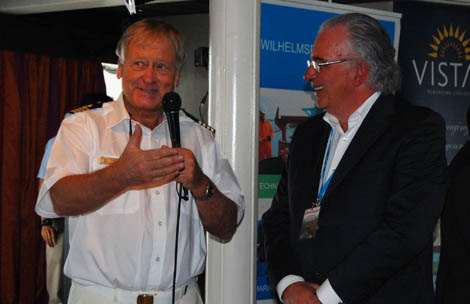 Taking into account that each cruise passenger spends an average of 60 euros per day in the area where they are berthed, which, in the Algarve, could generate «2,7 million euros per year», Carito underlined the «huge economic impact» of this sector not only in Portimão, but in the rest of the region.
Taking into account that each cruise passenger spends an average of 60 euros per day in the area where they are berthed, which, in the Algarve, could generate «2,7 million euros per year», Carito underlined the «huge economic impact» of this sector not only in Portimão, but in the rest of the region.
Hence, he explained, the «strong bet that the Chamber has been making in publicizing the port of Portimão, although it is not our competence, but of the central administration through the IPTM».
"This is an area in development that has to continue to be a strong bet of governments", although "unfortunately, governments do not always look at this region as it should be", added Luís Carito.
An example of this lack of attention is the lack of a tugboat at the Port of Portimão, to support cruise tourism and beyond, the postponed dredging works of the channel and the maneuver basin of the port at an elevation of -10, or the lack of investment in accessibility conditions of the port.
The mayor recalled that the Municipality of Portimão made a project for a new port terminal, which he applied for funds from the QREN. “But QREN funds have decreased and now there are no conditions to finance the project. Therefore, the Government will have to assume this investment».
«With these works, we would easily reach, in Portimão, 100 thousand passengers per year», which would generate «an impact for the region of around six million euros per year. This is something that Governments have to look at!”.
Diamantino Silva, director of the offices in Portimão of the Wilhelmsen Ships Service, a shipping agent responsible for all support to the calls of the Fred Olsen Cruise Lines company ships, made the same statement.
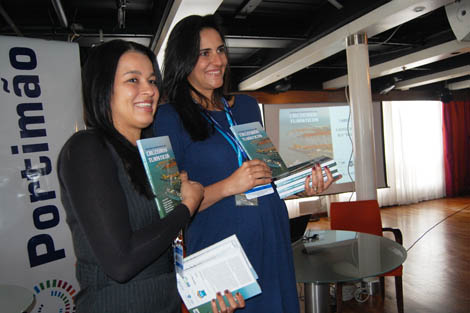 «Portimão is, potentially, a port that can develop exponentially, because it is at the entrance and exit of the Mediterranean and is open to transoceanic lines. Furthermore, Portimão is located in a tourist region that is already known, the Algarve. Therefore, I have no problem saying that Portimão can be the great port in Southern Europe», guaranteed Diamantino Silva, speaking to Sul Informação.
«Portimão is, potentially, a port that can develop exponentially, because it is at the entrance and exit of the Mediterranean and is open to transoceanic lines. Furthermore, Portimão is located in a tourist region that is already known, the Algarve. Therefore, I have no problem saying that Portimão can be the great port in Southern Europe», guaranteed Diamantino Silva, speaking to Sul Informação.
Júlio Mendes, from the University of Algarve, co-author, with Nuno Silva, of one of the scientific articles in the book, stressed that the Port of Portimão is «the gateway for cruise tourists in the Algarve. This door must be turned into a great portal, not only for Portimão but for the whole Algarve».
Júlio Mendes, speaking to the Sul Informação, even considered that, «in terms of entry point for tourists, the Port of Portimão is at the level of the Airport of Faro».
«People must be aware that they are two strategic gateways to the Algarve tourist destination». Therefore, stressed the university professor, "what is done for one, should be done for the other", referring to the lack of investment in improving the conditions of the Port of Portimão, while the airport of Faro is being the target of large investments.
The presentation of the book took place in one of the rooms of the cruise ship “Boudicca”, docked in Portimão. From the windows you could see the small, poorly maintained building of the passenger terminal, as well as the unsightly open space surrounding the port and the ruins of the Convento de S. Francisco. An unworthy setting for what is becoming a major cruise port in southern Europe.
Despite this, and although the day was gray with rain, Captain Magnus Rodburg made a point of praising the conditions of the port and the city. In a good-humored way, the commander of «Boudicca» said that Portimão is «a beautiful place to retire».
Luís Monteiro, from Portimão Urbis, stressed that the Fred Olsen Cruise Lines it is “one of the most frequent companies in the Port of Portimão”. And the commander concluded, with a laugh, that he hopes to keep coming back "in the next 100 years".
Brief summary of the chapters of the book “Multidisciplinary Approach to Tourist Cruises”:
Chapter 1 - Authors Cyntia Andrade and Margaret Hart present the context of the cruise market, its origins and evolution, and the relationship of sustainability between the ship and the destination. The article also addresses the trend of thematic travel as a factor of diversification and innovation in the cruise tourism sector.
Chapter 2- The author Marco Avila analyzes the importance of tourist entertainment on cruise trips, as well as the importance of leisure and entertainment activities on a ship, reflecting on the physical structure, objectives, organization and planning of the Leisure and Recreation Sector, as well as on the profile of professionals working in this sector.
Chapter 3 - The authors Ericka Amorim, Cyntia Andrade and Nina Cardona are dedicated to river cruises, especially on the Douro River, exploring the topic of tourism and local development, and discussing the impacts applied to the new reality of cruises in the regions visited.
Chapter 4 - The authors Claudia Soares, Ana Paula Cunha de Oliveira, Maria de Fátima Salgado and Natália Pacheco Júnior present the increase in the maritime cruise market in Brazil and highlight the entrepreneurial and innovative vision and the paradigm shift in the search for popularizing the cruise product for the population of class C of Brazilian consumption.
Chapter 5 - Authors Valéria Mariotti and Regina Schlüter highlight the role of gastronomy in tourist cruises and the gastronomic experience in a trip, as a way to also get to know a place. Tourists traveling for food are a strong trend in today's market, and cruises embrace this issue as a force for travel pleasure when they feature food cruises.
Chapter 6 - Author Peter Tarlow addresses cruise safety and some sociological approaches to cruise safety and tourism. The author analyzes a series of factors that can compromise safety on a trip and how the
incidents that can occur at sea.
Chapter 7 - The authors Júlio Mendes and Nuno Silva contextualize the tourism industry through its history, adopting as a special case the port of Portimão, the sector's growth in the southern region of Portugal and its position in the competitive European market.
Learn more about book and the subject here:
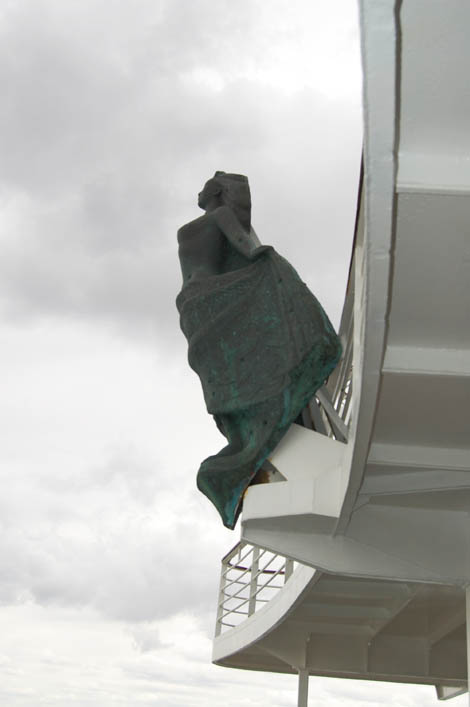
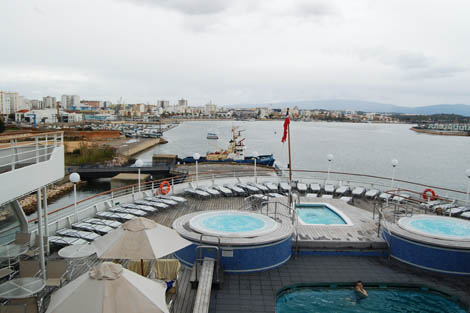
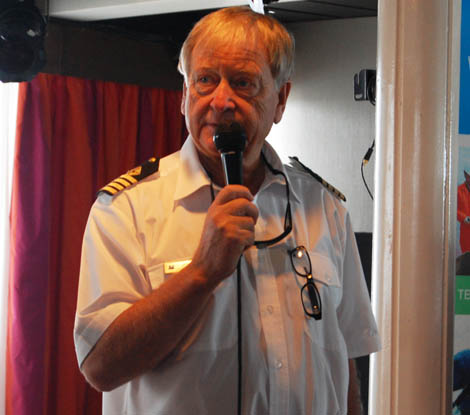
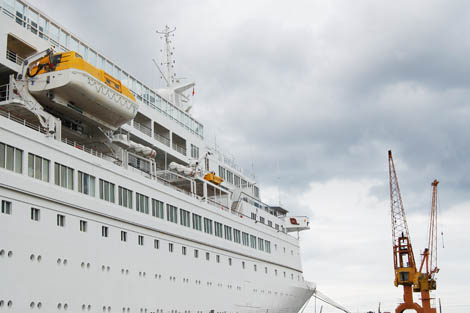
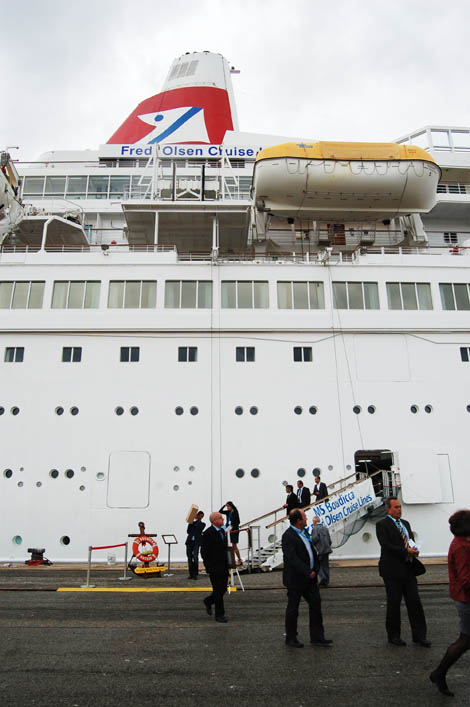
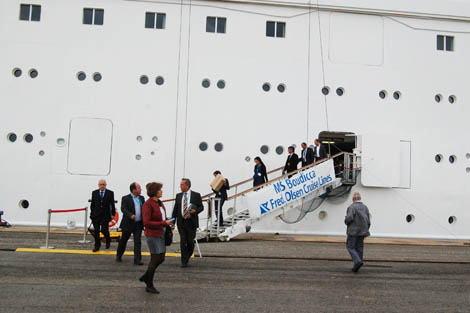
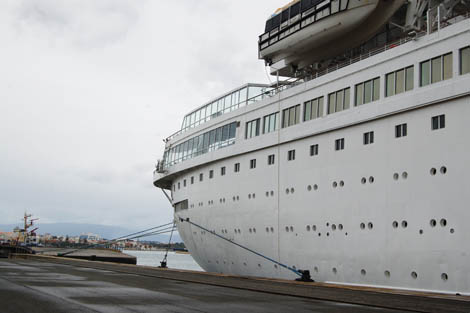
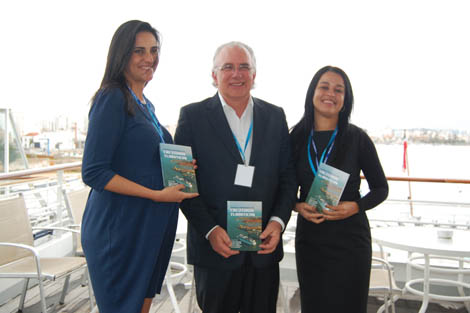
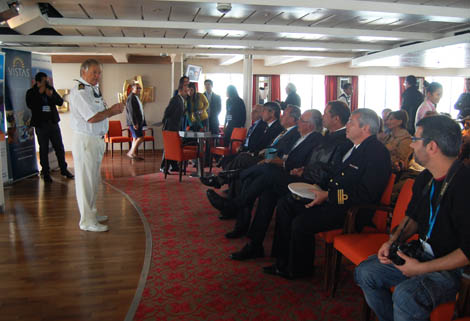
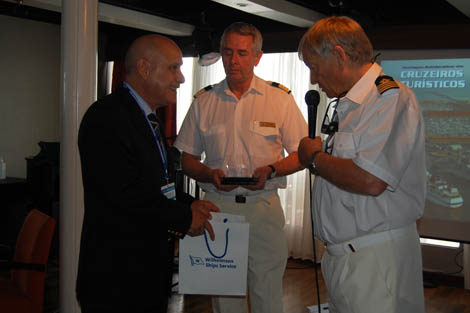


















Comments